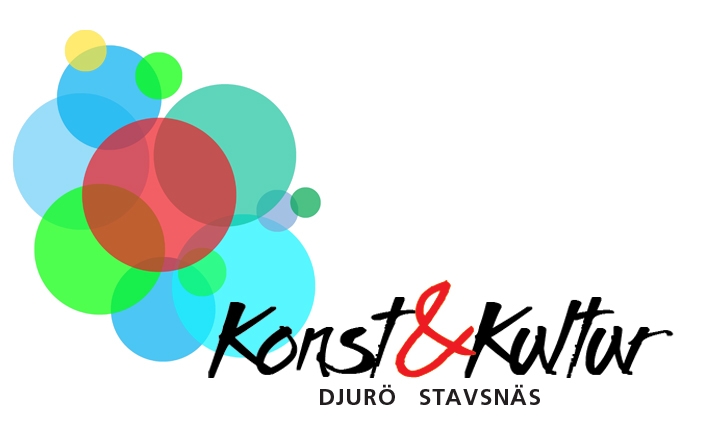Nature and Culture Trail Kyrkudden
5. Nature's Islanders
There are about 30,000 islands, islets and skerries in the Stockholm archipelago. Variations in its geology and climate make for great biodiversity. There is a rich birdlife with about 200,000 pairs of sea birds representing 35 different breeds.One of the commonest birds in the archipelago is the eider duck. It breeds along the coasts, preferably in large colonies. The eider can dive to a depth of 35 metres to catch the mussels which are its main source of food. The eider population has been shrinking rapidly since the 1990s. The reasons for this are unknown but scientists have observed that other mussel-eating birds have been on the decrease as well.Apart from birds - seal, hare, roe deer, stoat and mink are widespread, as well as elk, badger and foxes. The adder is common and quite often completely black in colour. The less common smooth snake can be seen in many places in the archipelago.Many of the islands in the archipelago contain rich veins of lime in their bedrock. e.g. Runmarö, which is near here. Orchids such as the common Elderflower Orchid as well as rarer species grow here. The Apollo butterfly, Sweden’s largest butterfly, which can have a wingspan of up to 8cm, thrives here. Other butterflies are the Meadow Brown, Speckled Wood and the rare Black-veined White.Värmdö is home to a large and unique population of bats. 13 different species have been observed, and among these are several rare ones such as the little reddish-brown Nathusius’ pipistrelle. On Djurö the more common species – the Northern bat and Daubenton’s bat have been observed. The bat in the photo is a Brandt’s bat, which is also common in Värmdö municipality, where it likes to spend the winter.If you carry straight on you’ll see stop number 6 on your left, by the big alder tree near the water. |














